Morro Bay leaders banded together to revive their fishing heritage, create stable jobs, improve the health of our oceans and provide fresh seafood for consumers.
By Michael Bell, Ocean Program Director for The Nature Conservancy, CA
For decades, Morro Bay, CA was a vibrant and thriving fishing town, but in 2000, due to a combination of top down management decisions and overfishing, the west coast groundfish fishery was declared a national disaster by the U.S. Secretary of Commerce. This was Morro Bay’s most productive fishery and the collapse brought serious economic impacts to the community. With fewer fish caught and brought to the docks, local port businesses and processors were forced to close, putting the working waterfront and fishing heritage of Morro Bay at risk.
By 2005 the fishery was still in decline, and fishery managers announced they would seek a new set of closures to protect fish habitat. This is when an unlikely partnership formed between The Nature Conservancy and Morro Bay fishermen. The Conservancy made a deal with local fishermen to buy fishing permits and boats from willing sellers in exchange for their participation in designing the best set of closures to protect fish habitat and help rebuild the collapsed groundfish fishery. This first engagement resulted in a new model of collaboration between old adversaries – fishermen and conservationists – and both sides saw the opportunity to continue to work together to find new ways to fish that benefitted fishermen’s bottom lines while protecting sensitive species.
This partnership brought fishermen and scientists together to promote the use of new technologies and tools to map where and when to fish to avoid sensitive species (considered bycatch) and protect ocean habitat. Fishermen used iPads to share their catch data – normally considered secrets of their trade – with one another and scientists and use that data to make fast and nimble decisions about where fishing should and should not occur and what type of gear to use. Through this partnership, the fishermen were able to lower their bycatch rate by 65% and increase their catch of target species by 40% compared to the rest of the fleet.
© Dwyane Oberhoff. Dover Sole, a groundfish species, unloaded on the docks of Morro Bay.
Now, the fishing rights that The Conservancy bought in Morro Bay nearly a decade ago are being transferred back to the community to secure permanent local access to fishing and greater economic viability for the port. The Morro Bay Community Quota Fund has taken over ownership of these rights, worth approximately $2 million, and will lease the rights to local fishermen who commit to meeting its goals of an economically stable and environmentally sustainable fishery. The Fund will be overseen by a board of directors with representatives from the fishing industry, community leaders and independent scientists that are committed to ensuring that the conservation gains achieved continue under the management of the Fund.
This transfer to the Morro Bay Community Quota Fund marks a major milestone in a project helping to rebuild the local groundfish fishery from the time it collapsed 14 years ago. Through our engagement in this fishery we’ve learned that the most effective way to protect our oceans – and the jobs and fresh seafood that come with that – is to empower local fishing communities, who have the most at stake, to lead the charge.
What started off as a pilot in Morro Bay is now a model for successful fishery reform.The development of community quota funds – and other forms of community fishery management – is a new and positive trend in U.S. fisheries. Several fishing ports along the West Coast, such as Monterey and Fort Bragg, are following Morro Bay’s lead and building their own quota funds.

